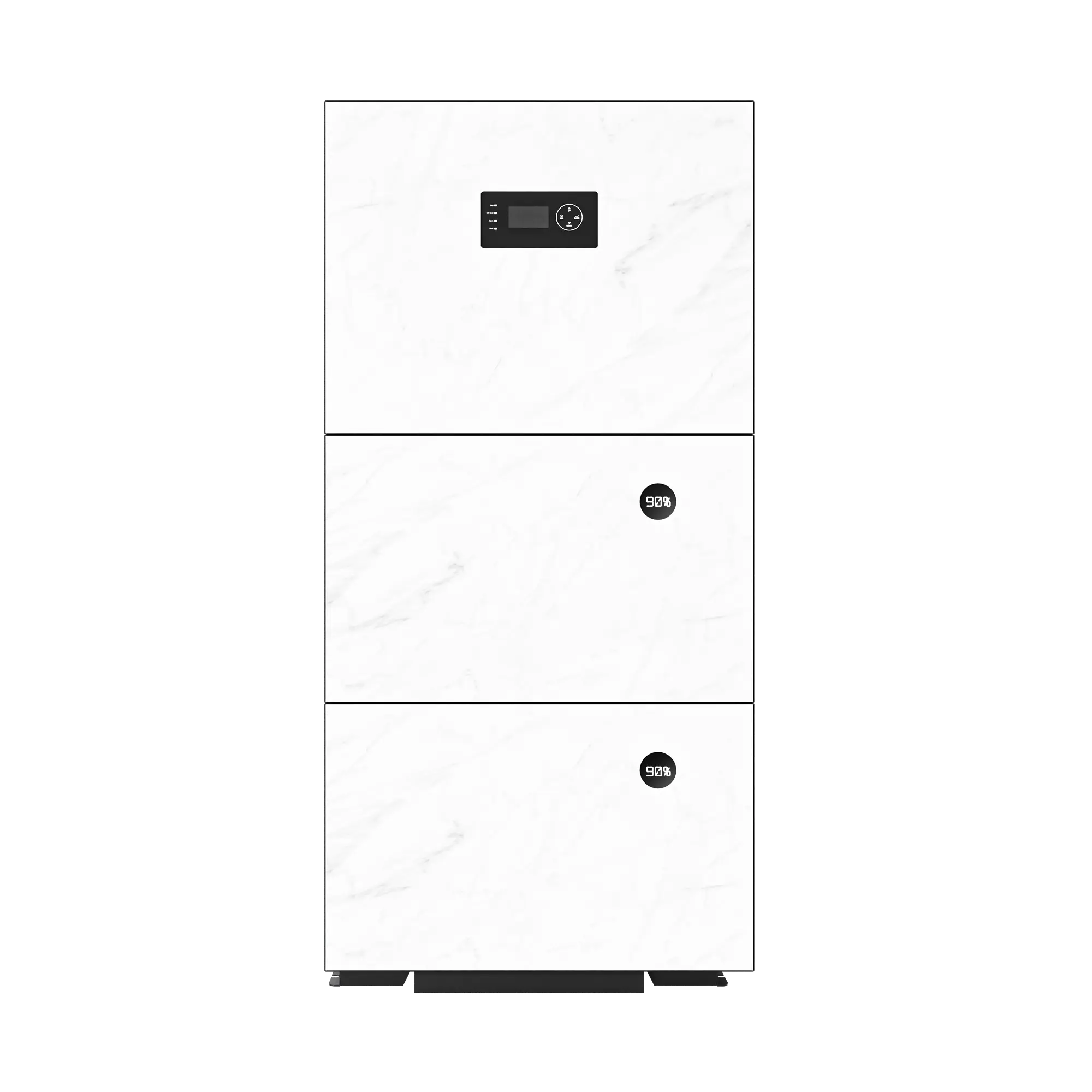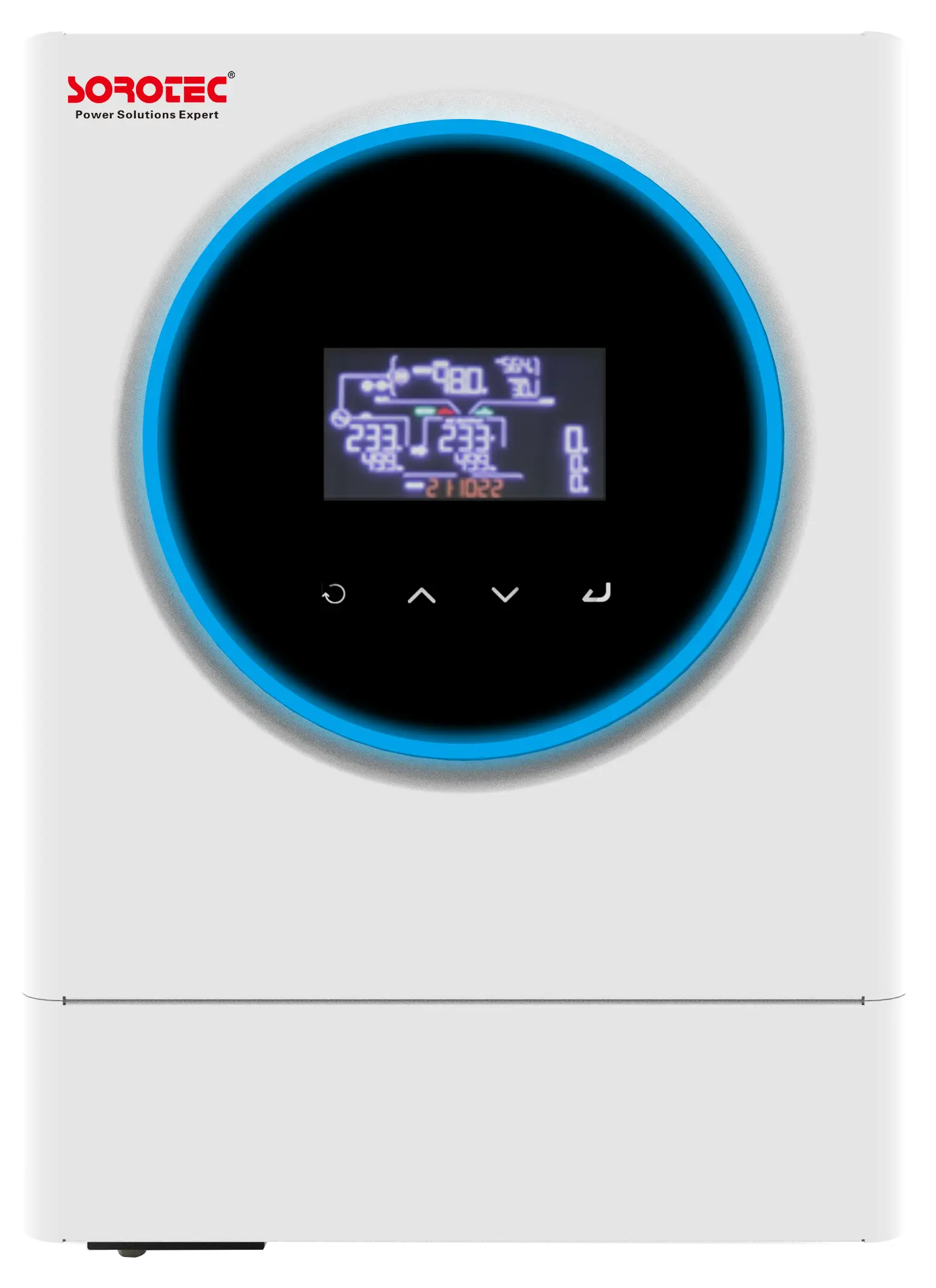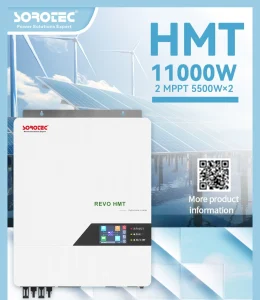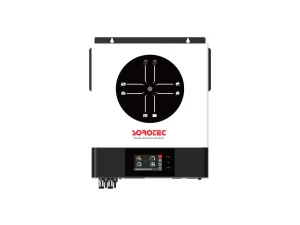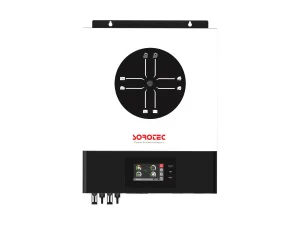True power is the real deal in electrical systems—it’s the actual energy that gets stuff done, like running your servers or keeping lights on during a blackout. Without getting too technical right away, think of it as the useful part of electricity that powers your devices without wasting effort. In the world of uninterruptible power supplies (UPS), true power plays a big role in making sure your setup doesn’t falter when the grid goes down. UPS systems act like a safety net, stepping in to provide clean, steady power to critical equipment. They protect against surges, drops, and outages that could crash your operations.
At SOROTEC, we’ve been building these systems since 2006, focusing on reliable power solutions for everything from data centers to solar setups. Our lineup, including the REVO series inverters and iHESS energy storage, taps into true power concepts to deliver top-notch performance. Stick around; we’ll dive into how this all ties together for better UPS results.
What Is True Power?
True power, or real power as some folks call it, is the energy that actually does the work in your electrical circuit. It’s what turns on your computer or spins a motor. No fluff here—just pure productivity.
Real Power as Active Energy Consumption
This is the power your devices consume to perform tasks. For instance, in a factory running CNC machines, true power is what’s used to cut metal, not just hum along idle. It’s measured in watts (W), and in UPS terms, it tells you how much actual load your system can handle without breaking a sweat.
Measurement in Watts for Actual Work Done
We stick to watts because it’s straightforward. Say your server rack pulls 500W of true power; that’s the baseline for sizing your UPS. I remember a client once who overlooked this and ended up with flickering lights during tests—simple miscalculation, but it highlights why watts matter.
Distinction from Other Power Types in UPS Contexts
True power stands apart from reactive or apparent power, which include energy that’s stored and released but doesn’t do real work. In UPS scenarios, ignoring this can lead to undersized units that overheat or fail prematurely. It’s like packing for a trip but forgetting half your clothes won’t fit.
What Is Apparent Power?
Apparent power is the total power in the system, lumping together the useful stuff and the extras that don’t contribute much. It’s like the full grocery bill, including items you might not eat.
Total Power Including Reactive Components
This covers both active (true) power and reactive power, which deals with magnetic fields in motors or capacitors. In a UPS, apparent power shows the overall demand, even if not all of it is productive.
Measurement in VA for Overall Capacity
We use volt-amperes (VA) here. A 1000VA UPS might only deliver 800W of true power if the power factor isn’t great. That’s a common spec you see on labels—helps in quick comparisons.
Role in Determining UPS Sizing Requirements
When picking a UPS, apparent power guides the capacity you need. Undersize it, and boom, overload. I’ve seen businesses scramble during peak hours because they based everything on VA without checking the true power draw. It’s a rookie mistake, but easy to avoid with a bit of homework.
How Do True Power and Apparent Power Differ?
These two aren’t twins; one’s the worker bee, the other’s the whole hive. The gap between them can make or break your UPS efficiency.
Active Versus Reactive Energy Utilization
True power is active—it’s used up in heat, light, or motion. Reactive power bounces back and forth, like in inductors. In UPS, focusing on active means less waste, but you can’t ignore the reactive side entirely.
Power Factor as the Key Ratio Between Them
Power factor is just true power divided by apparent power, usually a number between 0 and 1. A perfect 1 means no waste; most setups hover around 0.8. Low power factor? Your UPS works harder for less output.
Implications for UPS Efficiency and Output
A mismatch leads to inefficiency. For example, if your apparent power is high but true power low, the UPS might trip under load. This affects everything from battery life to cooling needs—real headaches in hot server rooms.
How Can True Power Improve UPS Performance?
Focusing on true power tweaks your UPS from good to great. It’s about smart choices that pay off in daily ops.
Selection of High-Efficiency UPS Models
Pick models rated for high true power output. SOROTEC’s REVO VM IV, with its 120A solar charging, handles true power demands smoothly, cutting down on energy loss.
Reduction in Energy Waste Through Better Power Factor
Aim for devices that improve power factor. This means more true power from the same VA rating—saves on bills too. In off-grid setups, it’s a game-changer.
Integration with SOROTEC’s Precision Power Management
Our systems, like the MPPT SCC controllers, blend true power focus with smart charging. They detect loads automatically, ensuring every watt counts without manual fuss.
How Do SOROTEC UPS Products Leverage True Power?
At SOROTEC, we build around true power principles. Our products aren’t just boxes; they’re tailored for real-world demands.
Advanced Inverter Technology in Castle Series
The Castle series uses pure sine wave output, delivering clean true power. It’s perfect for sensitive gear like medical devices, where distortions could cause issues.
High-Efficiency Designs for True Power Delivery
With efficiencies over 90%, our units minimize losses. The REVO VM III-T, for example, runs without batteries if needed, focusing true power where it matters most.
Real-World Performance in Data Center Applications
In one data center project, our iHESS 3P-EU handled 12kW loads with peak-valley charging, cutting costs by 25%. Clients report fewer outages, proving true power focus works.
Sometimes, though, installation quirks pop up—like wiring mismatches—but our team sorts them quick with on-site tweaks.
What Are the Best Practices for True Power in UPS Selection?
Picking the right UPS boils down to practical steps. Don’t wing it; follow these to avoid regrets.
Assessing Load Requirements Accurately
Start by measuring your setup’s true power draw. Use tools or hire pros—guessing led one buddy of mine to buy twice the capacity he needed, wasting cash.
Choosing SOROTEC Models with Superior Ratings
Go for our high-PF models like the REVO HES, IP65-rated for tough spots. They support WiFi monitoring, making true power tracking a breeze.
Maintenance Tips for Sustained Performance
Clean filters monthly, check batteries quarterly. Simple stuff, but it keeps true power flowing strong. Neglect it, and efficiency drops fast—seen it happen too often.
In wrapping up, true power isn’t some abstract concept; it’s the backbone of solid UPS performance. By getting this right, especially with SOROTEC’s gear, you dodge common pitfalls and keep things running smooth. We’ve poured years into this at Shenzhen Soro Electronics, serving global clients from finance to renewables. If you’re eyeing upgrades, our site has the details.
FAQs
Q1: What’s the quickest way to check true power in my UPS?
A: Grab a power meter or use built-in displays on models like our REVO series—takes minutes and spots issues early.
Q2: Can low true power damage my equipment?
A: Yeah, it might cause overheating or unstable voltage, but SOROTEC’s protection features, like overload safeguards, help prevent that.
Q3: How does SOROTEC handle true power in solar-integrated UPS?
A: Our REVO VM IV supports up to 120A charging, ensuring true power from solar flows efficiently to your loads without waste.


